For many years, palm oil has been known as a healthy vegetable fat. This is until scientists discovered that the cheese and milk that people consume contain large amounts of palm oil.
More in-depth research is beginning and opinions are very contradictory. Some believe that it is extremely harmful, others attribute benefits to it. But what is the truth? Should we consume it or not?
Palm oil is extracted from the fruit of the palm Elaeis guineensis, which is found in Southeast Asia, South America and Africa. The natural state of palm oil is semi-solid.
In Polynesia, palm oil has been used for thousands of years, and it is believed that people consumed it 5, 000 years ago. However, its industrial production began only in the mid-90s in Malaysia.
Its solid state is known as palm stearin and its liquid state is known as palm oil. Palm oil has a red-orange color, unobtrusive smell and taste.
The composition of palm oil

100 g of palm oil contains 884 kcal, 100 g of fat, of which a large percentage is saturated fat - 1% myristic acid; about 44% palmitic acid; over 4% stearic acid.
From the polyunsaturated fats there is over 10% linolenic acid; about 40% oleic acid. Palm oil does not contain carbohydrates and proteins.
Cooking with palm oil
Palm oil, which is the liquid formation of palm butter, is used for frying and seasoning salads.
It is often mixed with other vegetable oils, which aims to improve the quality and reduce their price. Palm oil is the most common oil in the world.
Palm stearin is a co-product of palm oil and is the solid fraction of palm oil. Its price is low and this makes it a major and inexpensive component of baking and confectionery fats. Palm stearin is the most widely used form in bakery, confectionery and candy production.
It remains firm at room temperature and that makes it possible to observe all of the subtleties of technology, especially when kneading different types of dough. Palm stearin does not leave soot, does not burn and does not foam when heated, because it contains almost no water.
The production of palm oil margarine is very convenient because there is almost no need for additional hydrogenation due to its natural semi-solid state. It is used for making ice cream, canned and dry soups.
Benefits of palm oil
The health and dietary properties of palm oil provoke extremely conflicting opinions among scientists. Some find it very healthy, while others entirely remove it from their menu.
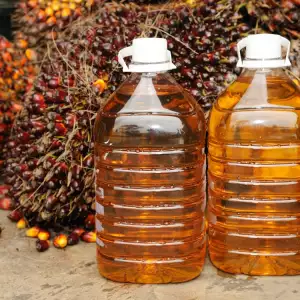
It is believed that the beneficial properties of palm oil are determined by the coenzyme Q10, vitamins A and E, beta-carotene contained in it. According to some studies, palm oil increases good at the expense of bad cholesterol. It protects the cardiovascular system and strengthens the immune system.
Harm from palm oil
Other scientists are of the opposite opinion - palm oil increases bad cholesterol, causes heart problems, causes obesity and even some cancers.
The believers of this theory justify the high content of saturated fatty acids in palm oil. They are three times more than those in oil and olive oil. Another cause for concern is its widespread use not only in the food but also in the cosmetics industry.
Recent studies suggest that excessive and prolonged use of palm oil may increase coronary risk as well as increase cholesterol.
This means that the use of palm oil in the food industry must be used in controlled and even minimal amounts.
In order to avoid excessive intake of palm oil, food labels must be read, where all ingredients must be mentioned according to European requirements.
In some countries there is still a big problem with the correct labeling of food, which means that they can not be sure how much palm oil they're consuming. This uncertainty is naturally expressed for most of the products.
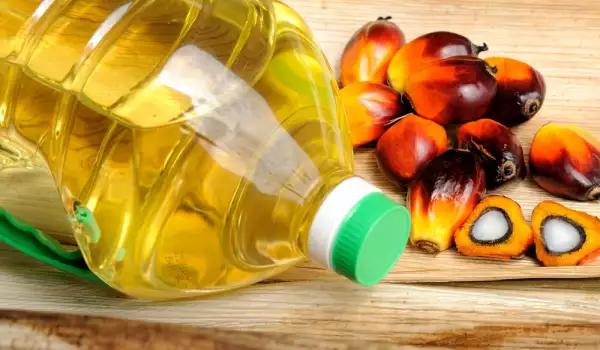

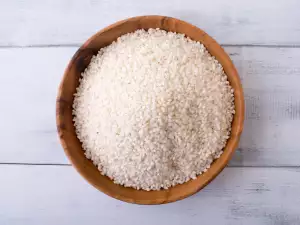





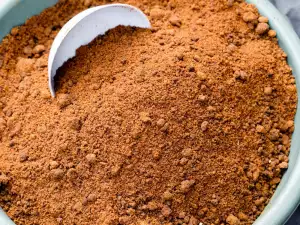
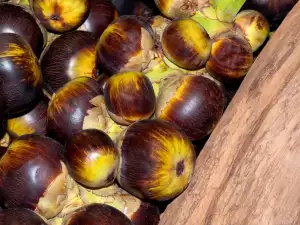

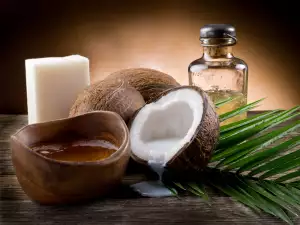

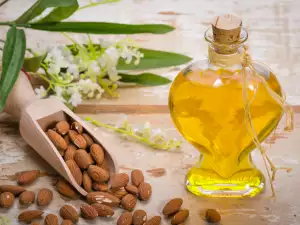

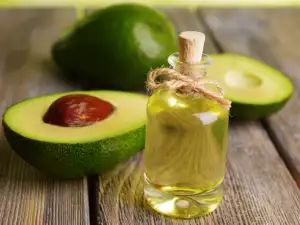




Comments